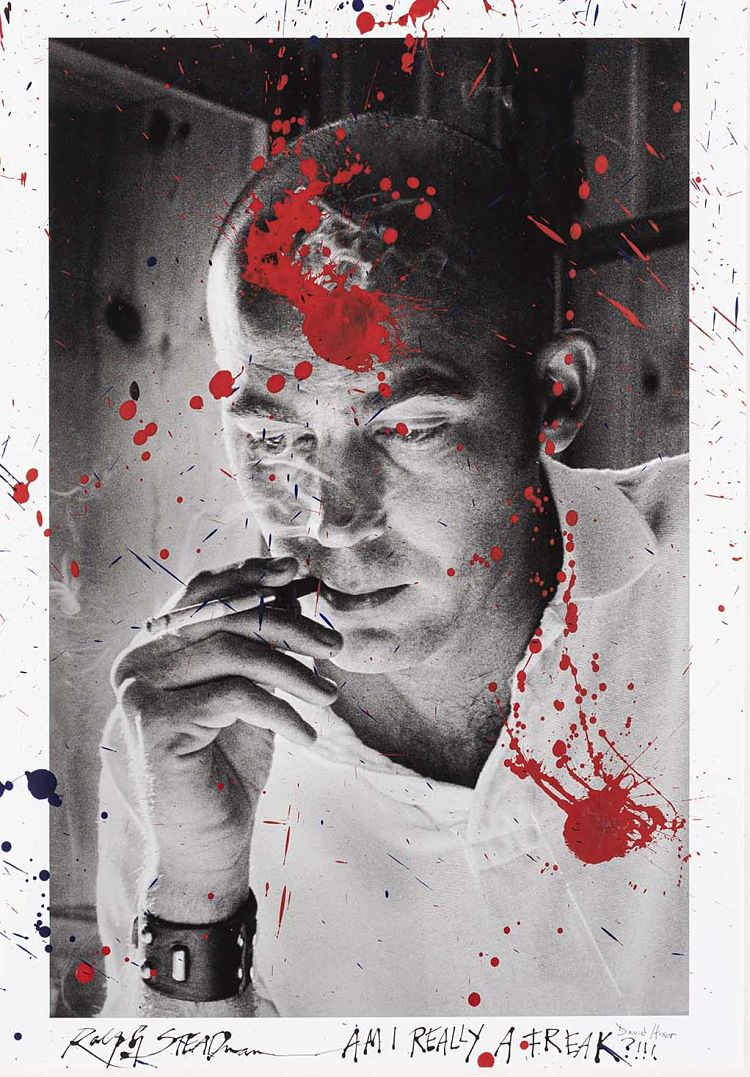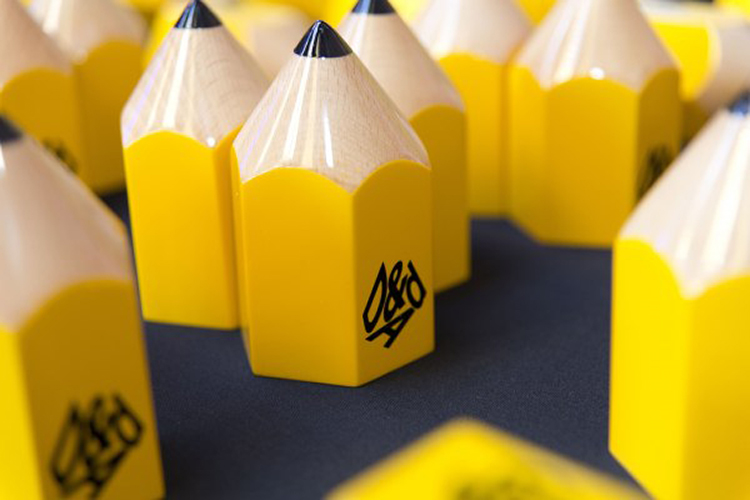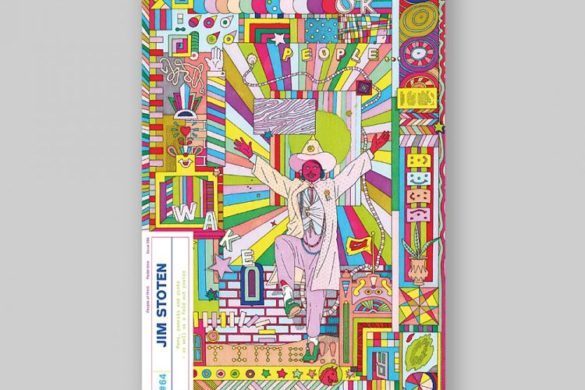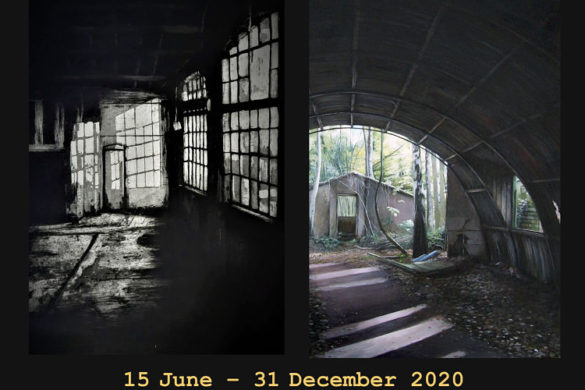Most people know a wee bit about Hunter S Thompson—even if it’s just through the lens of Johnny Depp’s portrayal of him in Fear and Loathing in Las Vegas (or, better, Bill Murray’s in the 1980 movie, Where the Buffalo Roam.) Lots of people know that his ashes were fired out of a cannon following his death in 2005; many are familiar with the term “Gonzo journalism” which he made famous—a style of reportage that placed the writer amidst the scenes he described as a participant, rather than a mere observer.
However, it’s unlikely that most people are aware that Thompson campaigned to be sheriff of Aspen, Colorado, in 1970. A new exhibition looks to change that, however, uncovering the printed materials that accompanied his bid to take control of the city.
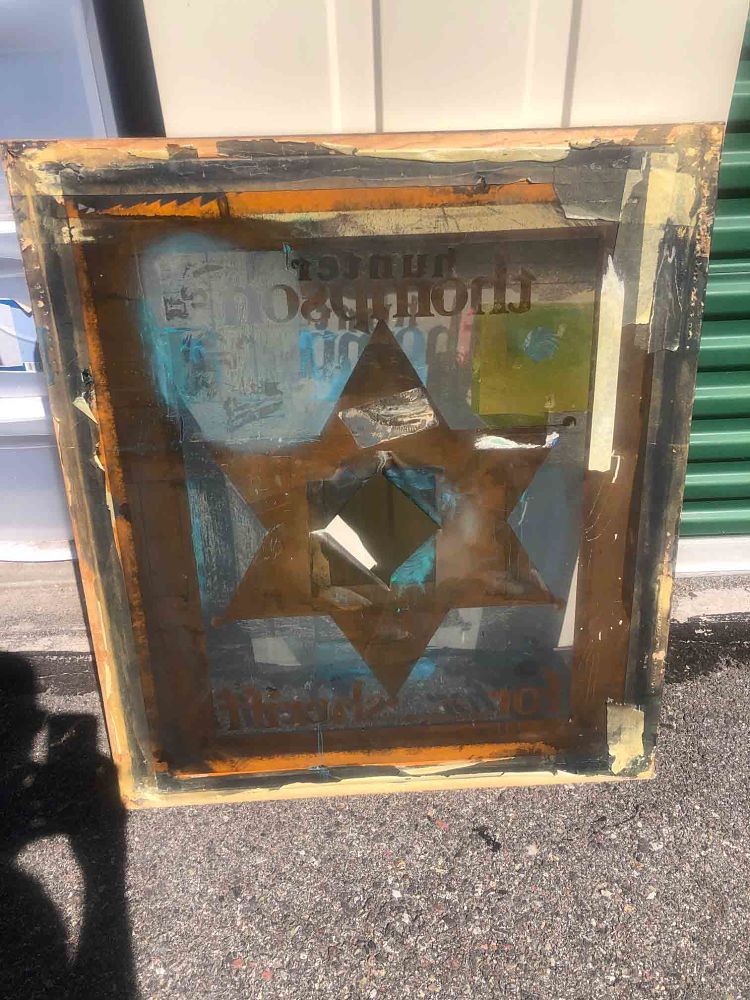
Thompson for Sheriff Silkscreen, 1970. Thomas W. Benton. Silkscreen frame. Freak Power Art Collection.
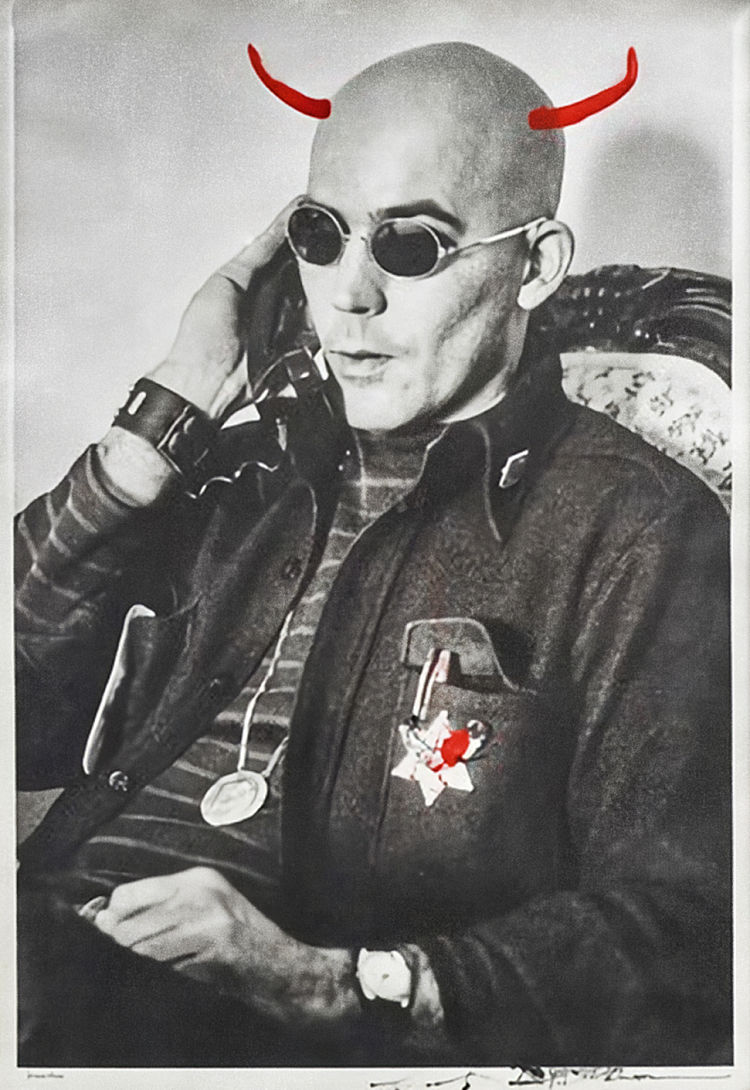
Official Campaign Portrait, 2018. Ralph Steadman and David Hiser. Freak Power Art Collection.
The show Freak Power! opened earlier this month at New York’s Poster House gallery, and covers Thompson’s plan to become sheriff of Aspen and “transform the city from a conservative mining town into a mecca for artists, rebels, and activists.
The exhibition, which runs until 15 August this year, features a mix of original artwork and silkscreen posters by longtime Thompson friends, illustrator Ralph Steadman and poster designer Thomas W. Benton. Together, these work to tell the story not only of Thompson’s time running for sheriff, but the grassroots political movement he helped launch in the process. Through original print material from the campaign, photographs, and posters.
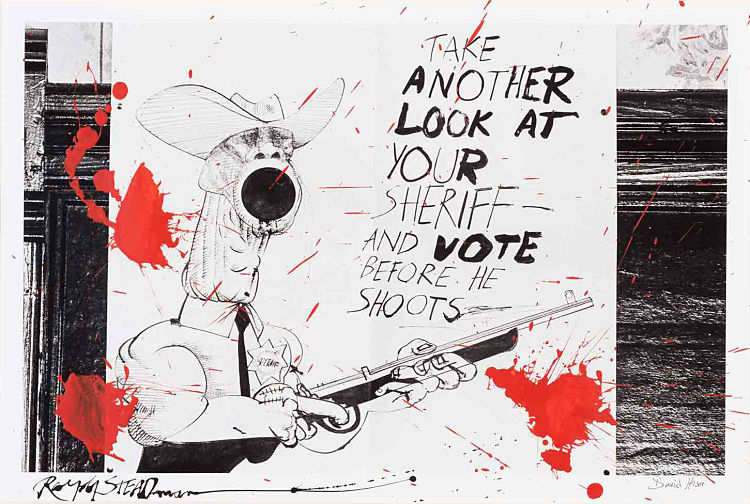
Take Another Look, 2018. Ralph Steadman and David Hiser. Freak Power Art Collection.
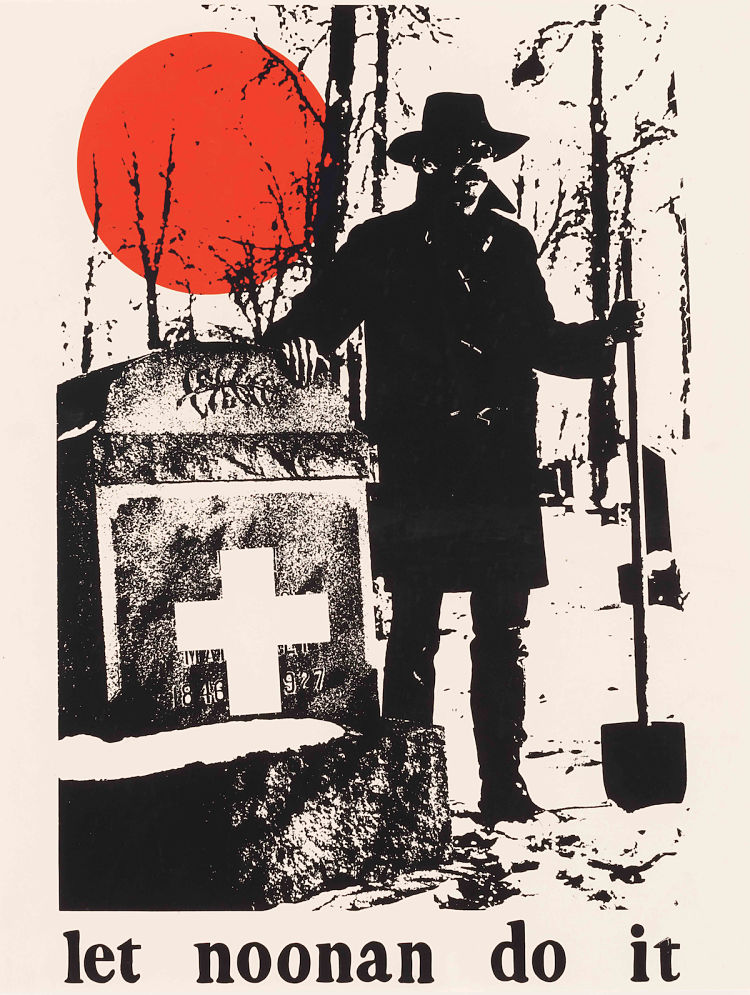
Let Noonan Do It, 1970. Thomas W. Benton. Freak Power Art Collection.
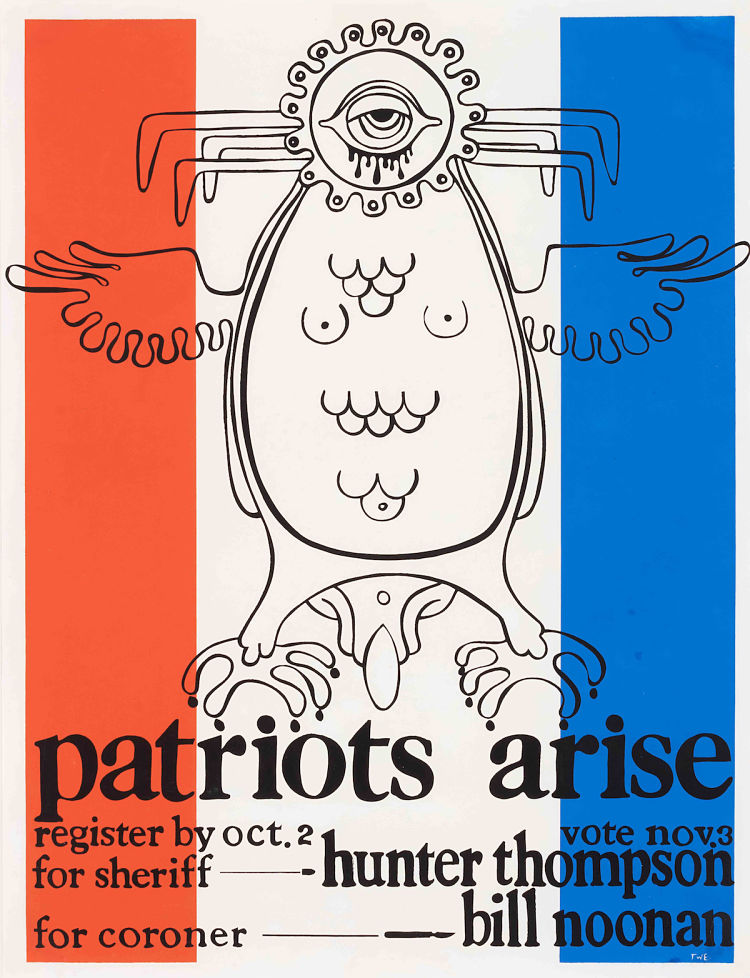
Patriots Arise, 1970. Thomas W. Benton. Freak Power Art Collection.
Thompson decided to run for sheriff following his experience at the 1968 Democratic Convention in Chicago, where he saw protests violently suppressed, riots, corrupt politicians and abusive cops. He found much the same in Aspen, where the local police and sheriff’s departments were targeting hippies, “trying to drive them out of town with absurd criminal charges and open harassment,” according to Poster House. “Thompson took it upon himself to put a stop to it. As the conservatives and freaks battled it out, the campaign became fraught with violence, accusations, and moments of absurdity that bordered on fiction.”
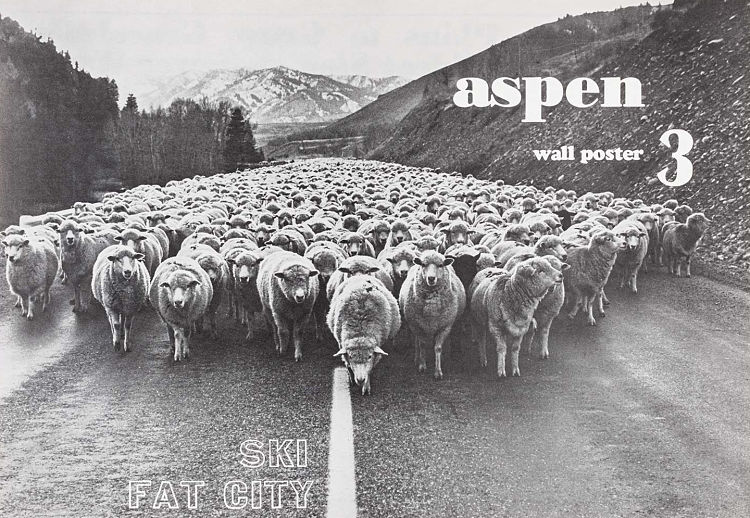
Aspen Wall Poster #3, 1970. Hunter S. Thompson and Thomas W. Benton. Freak Power Art Collection.
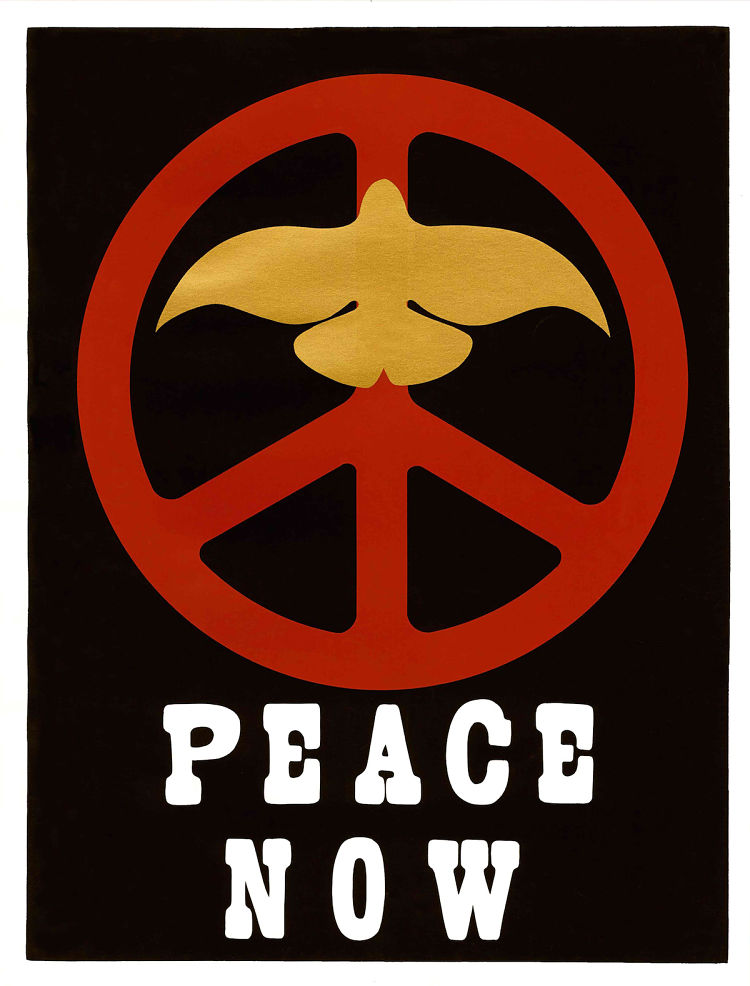
Peace Now, 1968. Thomas W. Benton. Freak Power Art Collection.
The exhibition looks to shine a light on this lesser-known part of Thompson’s story, and delineate a time during which he was writing prolifically about politics, the environment, drugs, and American values. “The iconography of his run held such lasting importance for Thompson that at his funeral, per his wishes, the cannon from which his ashes were fired was placed on top of a giant tower in the shape of the fist and peyote button design that Benton created for the campaign poster,” Poster House adds.
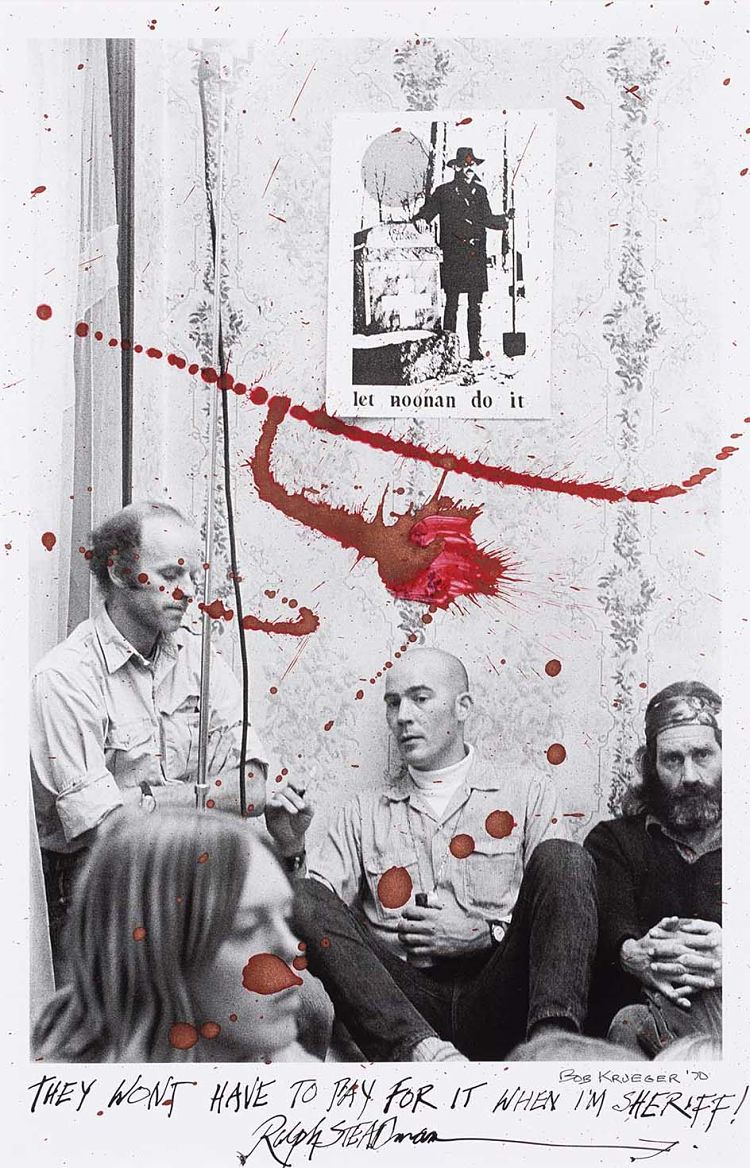
They Won’t Have to Pay For It When I’m Sheriff!, 2018. Ralph Steadman and Bob Krueger. Freak Power Art Collection.
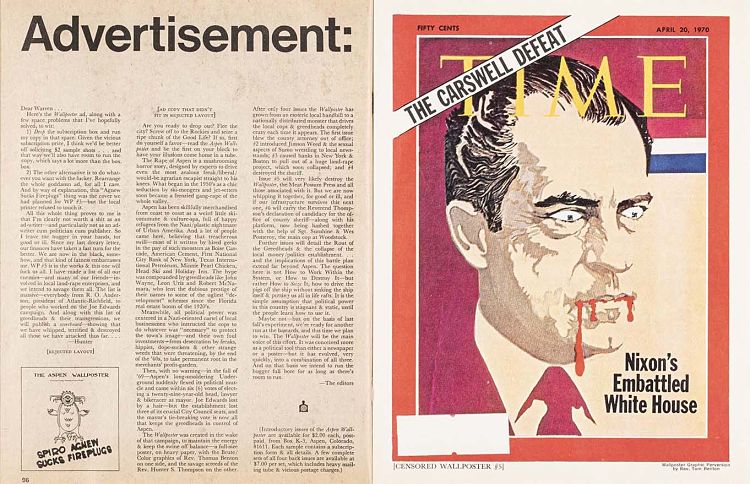
Aspen Wall Poster Advertisement, 1970. Hunter S. Thompson and Thomas W. Benton. Freak Power Art Collection.
The exhibition has been curated by writer, producer, and director Daniel J. Watkins and Yuri Zupancic, an independent curator and artist based in Paris, and comes in the wake of a documentary film exploring the campaign, Freak Power: The Ballot or the Bomb, which was released late last year.
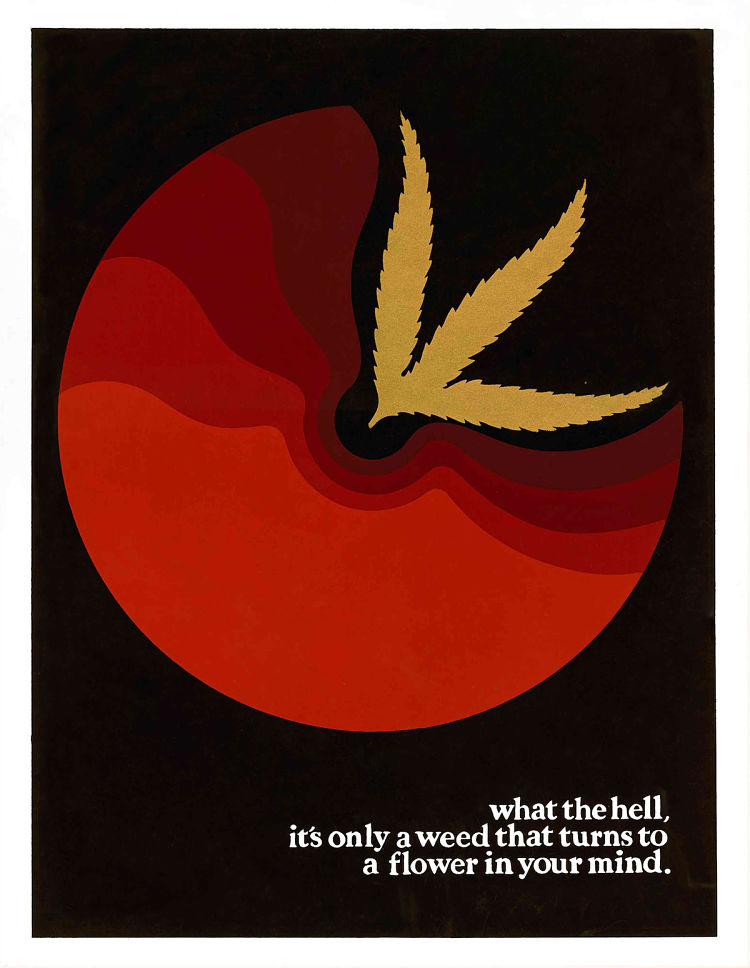
What the Hell, It’s Only a Weed, 1970. Thomas W. Benton. Freak Power Art Collection.
www.posterhouse.org/exhibition/freak-power
- Autobahn - November 26, 2021
- Alphabetical - November 12, 2021
- SOFA Universe - November 8, 2021

